How Many Camera Filters Are There ?
There are numerous camera filters available in the market, with a wide range of options to choose from. Some popular types of camera filters include UV filters, polarizing filters, neutral density filters, graduated neutral density filters, color filters, and infrared filters, among others. Each type of filter serves a specific purpose and can be used to enhance or modify the image captured by the camera. The exact number of camera filters available may vary depending on the brand, manufacturer, and specific requirements of photographers.
1、 Types of camera filters: UV, polarizing, neutral density, color correction, etc.
Types of camera filters: UV, polarizing, neutral density, color correction, etc.
Camera filters are essential tools for photographers and videographers to enhance their images and videos. There are various types of camera filters available in the market, each serving a specific purpose. While it is difficult to provide an exact number of camera filters available, it is safe to say that there are numerous options to choose from.
One of the most common types of camera filters is the UV filter. UV filters are primarily used to reduce the ultraviolet light that enters the camera lens, resulting in clearer and sharper images. These filters also provide protection to the lens from scratches, dust, and moisture.
Polarizing filters are another popular choice among photographers. They help to reduce glare and reflections from non-metallic surfaces such as water or glass. By using a polarizing filter, photographers can achieve more vibrant colors and increased contrast in their images.
Neutral density filters are widely used for controlling the amount of light that enters the camera lens. These filters come in different strengths, allowing photographers to achieve various creative effects such as motion blur or shallow depth of field even in bright lighting conditions.
Color correction filters are used to adjust the color temperature of the scene being captured. These filters are particularly useful in situations where the lighting conditions may introduce a color cast to the image. By using color correction filters, photographers can ensure accurate color reproduction.
Apart from these commonly known filters, there are many other specialized filters available in the market. Some examples include graduated neutral density filters, infrared filters, star filters, and close-up filters. Each of these filters serves a specific purpose and can add unique effects to the images.
It is worth mentioning that with advancements in technology, there are also digital filters available that can be applied during post-processing. These digital filters simulate the effects of traditional camera filters and provide photographers with even more creative options.
In conclusion, while it is difficult to provide an exact number, there are numerous camera filters available in the market. Each filter serves a specific purpose and can enhance the quality and creativity of images and videos. It is up to the photographer's preference and requirements to choose the appropriate filter for their specific needs.
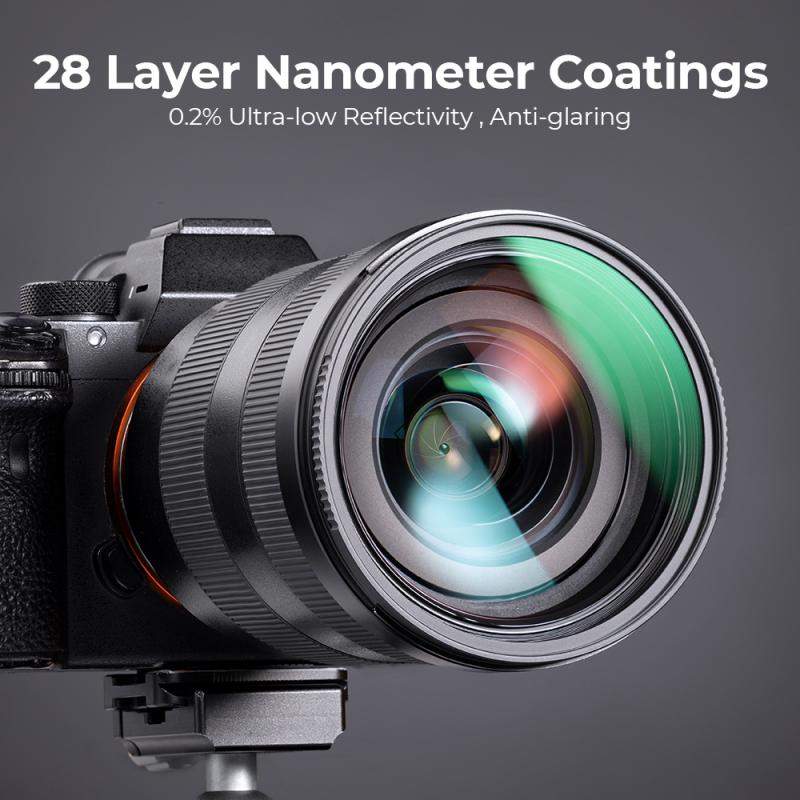
2、 Popular camera filter brands: Nikon, Canon, Hoya, Tiffen, etc.
There are numerous camera filters available in the market today, catering to the diverse needs and preferences of photographers. While it is difficult to provide an exact number, it is safe to say that there are countless camera filters to choose from. These filters come in various shapes, sizes, and types, each serving a specific purpose to enhance the quality of photographs.
Popular camera filter brands include Nikon, Canon, Hoya, Tiffen, and many others. These brands have established themselves as leaders in the industry, offering a wide range of filters that cater to different photography styles and requirements. Nikon and Canon, for instance, are renowned for their high-quality lens filters that are compatible with their respective camera systems. Hoya is another well-known brand that offers a diverse selection of filters, including UV filters, polarizers, and neutral density filters.
Tiffen is also a popular choice among photographers, known for its extensive range of filters that are widely used in both photography and videography. Their filters are known for their durability and excellent optical quality. Apart from these brands, there are also several other reputable manufacturers that produce camera filters, such as B+W, Lee Filters, and Schneider Optics.
It is worth mentioning that the number of camera filters available in the market is constantly evolving. With advancements in technology and the growing demand for creative photography, new filters are being introduced regularly. These filters often incorporate innovative features and materials to provide photographers with more options and better image quality.
In conclusion, while it is challenging to provide an exact number, there are numerous camera filters available in the market today. Popular brands like Nikon, Canon, Hoya, Tiffen, and others offer a wide range of filters to cater to the diverse needs of photographers. The number of camera filters is constantly expanding as new technologies and creative demands emerge in the field of photography.

3、 Filter sizes: Standard sizes for camera lenses (e.g., 52mm, 77mm).
Filter sizes: Standard sizes for camera lenses (e.g., 52mm, 77mm).
When it comes to camera filters, there is no definitive answer to the question of how many filters there are. The number of camera filters available on the market is vast and constantly evolving as new technologies and trends emerge. However, one aspect that remains relatively consistent is the standard sizes for camera lens filters.
Camera lens filters come in various sizes, and these sizes are standardized to fit different lenses. The most common filter sizes include 52mm, 58mm, 67mm, 77mm, and 82mm, among others. These numbers represent the diameter of the filter thread on the lens, and they determine the compatibility between the lens and the filter.
In terms of the types of camera filters available, the options are extensive. Some of the most popular filters include UV filters, polarizing filters, neutral density filters, graduated filters, and color filters. Each of these filters serves a specific purpose and can enhance or alter the image captured by the camera.
In recent years, there has been a surge in the popularity of creative filters, such as star filters, soft focus filters, and infrared filters. These filters add unique effects to photographs and allow photographers to experiment with different artistic styles.
Furthermore, with the rise of smartphone photography, there has been a growing market for filters specifically designed for mobile devices. These filters often come in clip-on or magnetic attachments that can be easily mounted onto smartphone lenses.
In conclusion, while it is impossible to determine the exact number of camera filters available, the standard sizes for camera lens filters provide a framework for compatibility. The range of filters is extensive, catering to various needs and creative preferences of photographers. As technology advances and new trends emerge, the number and types of camera filters will continue to evolve, offering photographers even more options to enhance their images.

4、 Filter materials: Glass, resin, gelatin, acrylic, etc.
There are numerous camera filters available in the market today, catering to the diverse needs and preferences of photographers. However, it is difficult to provide an exact number as the range of camera filters is constantly expanding with advancements in technology and the introduction of new materials.
Filter materials play a crucial role in determining the characteristics and functionality of camera filters. Some commonly used filter materials include glass, resin, gelatin, acrylic, and many others. Each material has its own unique properties and benefits. For instance, glass filters are known for their high optical quality and durability, while resin filters are lightweight and less prone to breakage. Gelatin filters are often used in cinematography due to their ability to withstand high temperatures, and acrylic filters are valued for their affordability and versatility.
In recent years, there has been a surge in the popularity of specialized filters such as neutral density filters, polarizing filters, and graduated filters. These filters are designed to enhance specific aspects of photography, such as reducing glare, balancing exposure, or adding creative effects. Additionally, with the rise of smartphone photography, there has been a growing demand for filters specifically designed for mobile devices.
It is important to note that the number of camera filters available is not fixed and can vary depending on the manufacturer, region, and individual preferences. Moreover, advancements in technology and the introduction of new materials may lead to the development of innovative filters in the future. Therefore, it is safe to say that the number of camera filters available is constantly evolving, offering photographers a wide range of options to explore and experiment with.



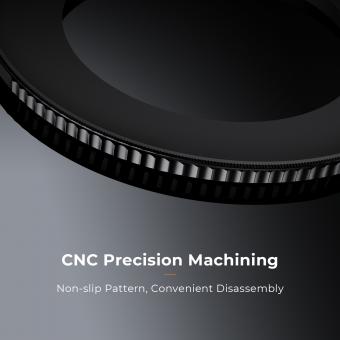




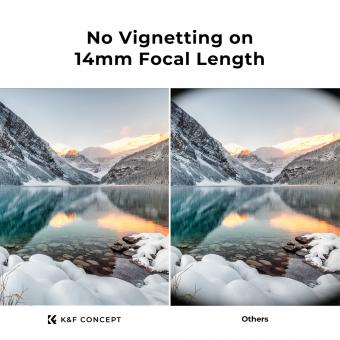
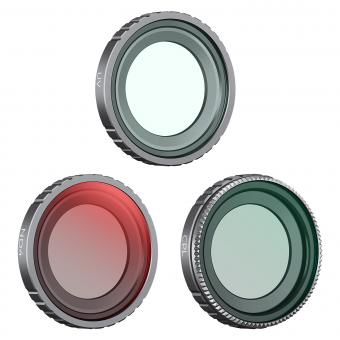




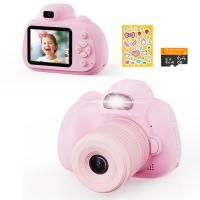

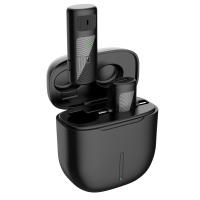


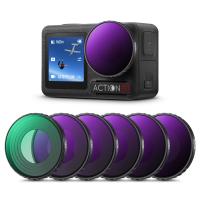



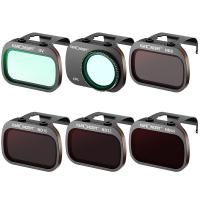
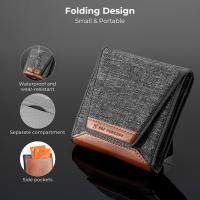


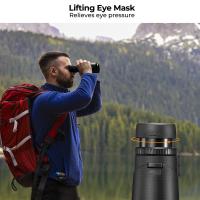
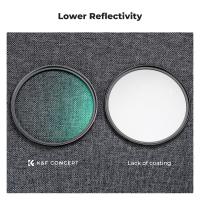


There are no comments for this blog.